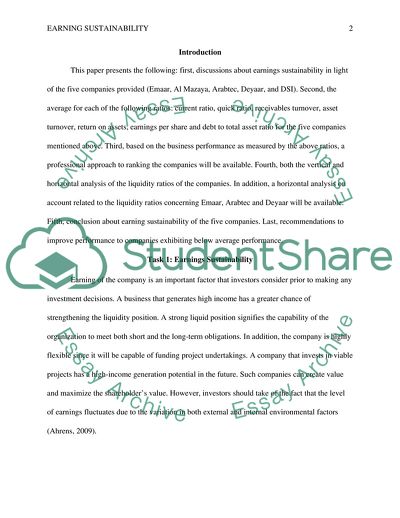Cite this document
(Earning Sustainability - Comparision between 5 companies Essay, n.d.)
Earning Sustainability - Comparision between 5 companies Essay. https://studentshare.org/finance-accounting/1862193-earning-sustainability-comparision-between-5-companies
Earning Sustainability - Comparision between 5 companies Essay. https://studentshare.org/finance-accounting/1862193-earning-sustainability-comparision-between-5-companies
(Earning Sustainability - Comparision Between 5 Companies Essay)
Earning Sustainability - Comparision Between 5 Companies Essay. https://studentshare.org/finance-accounting/1862193-earning-sustainability-comparision-between-5-companies.
Earning Sustainability - Comparision Between 5 Companies Essay. https://studentshare.org/finance-accounting/1862193-earning-sustainability-comparision-between-5-companies.
“Earning Sustainability - Comparision Between 5 Companies Essay”. https://studentshare.org/finance-accounting/1862193-earning-sustainability-comparision-between-5-companies.


